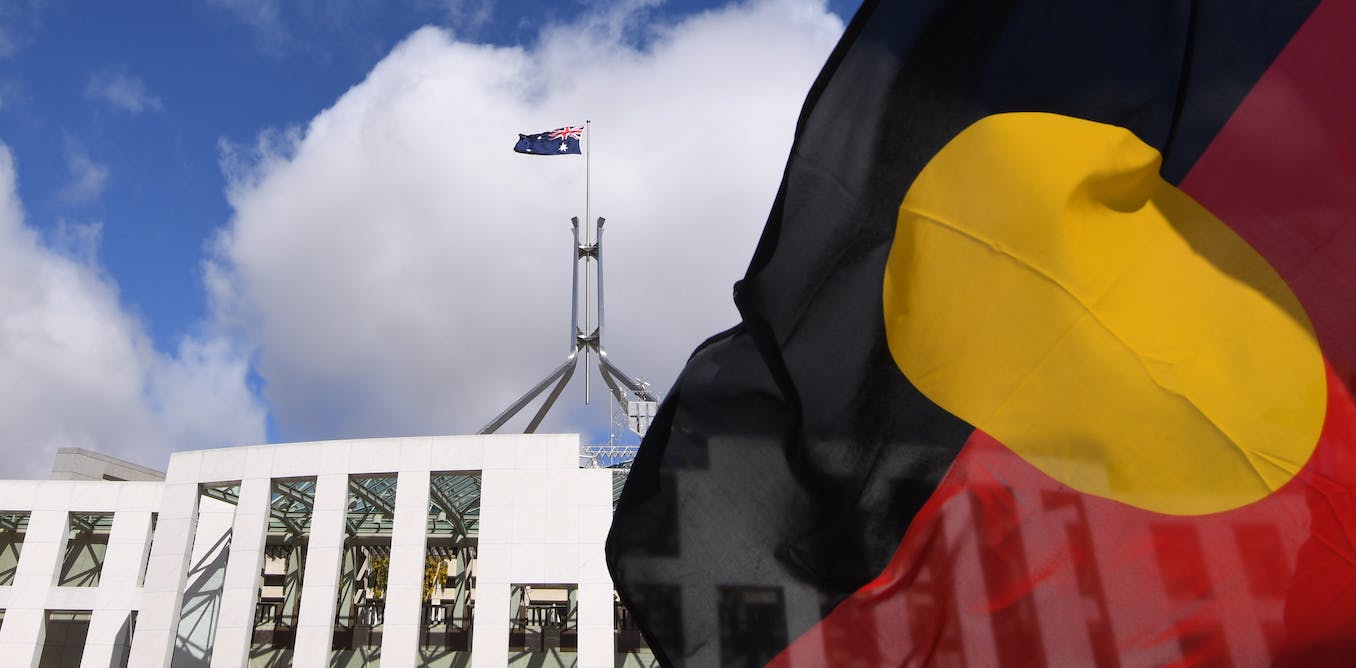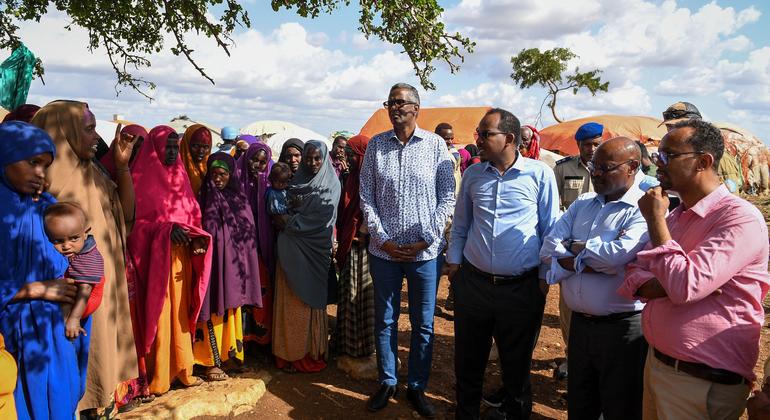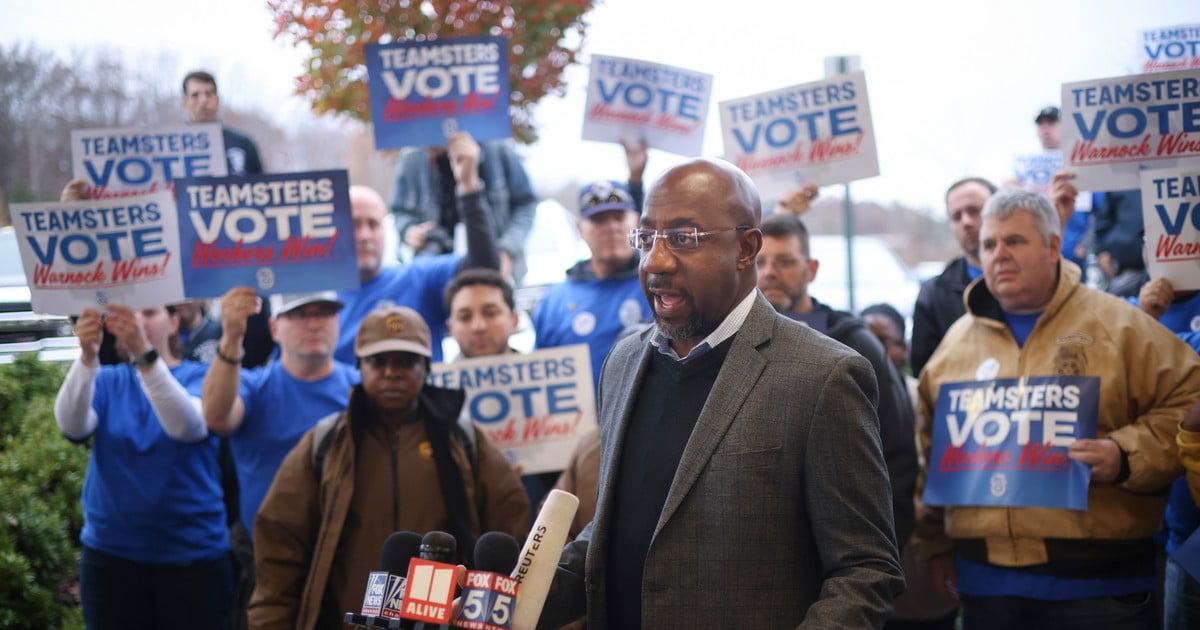The Voice to Parliament reached another milestone this week, with the official essays for the Yes and No cases published online by the Australian Electoral Commission. These will be sent to all Australian electors in the lead up to the vote, which will be in the last quarter of the year
In recent weeks, polls have suggested the “yes” vote is on the slide, and has an uphill battle if it is to be successful.
In this podcast, we talk with two Indigenous senators, The Greens’ Dorinda Cox, and Liberal Kerrynne Liddle. Cox is campaigning for the Voice, while Liddle does not believe a Voice will achieve the practical outcomes those in favour are championing.
Cox, from Western Australia, believes a Voice will deliver more and better practical results for First Nations peoples compared to the former Aboriginal and Torres Strait Islander Commission (ATSIC). She says ATSIC was a “boots and all” approach that “gave a lot of power through commissioners and through a governance structure that essentially was different from what’s being proposed”.
“I see the Voice enabling us to provide advice to all sides of parliament to talk through those representations to the executive government and to talk very specifically about what Closing The Gap is.”
Liddle, from South Australia, is a supporter of Constitutional recognition of Indigenous Australians, but has an issue with the referendum proposal. She would rather see an Indigenous Voice legislated, with the “executive government” clause removed. “I think we would blitz that if it was that single [recognition] question and the Voice was actually legislated.”
Liddle has a message for Anthony Albanese. “I would like to see this prime minister stop this divisive form and approach that he’s taken to this, and actually go back and say constitutional recognition, tick, we can all do this.”
“Because if this is defeated, the concept of constitutional recognition may not ever occur.”




